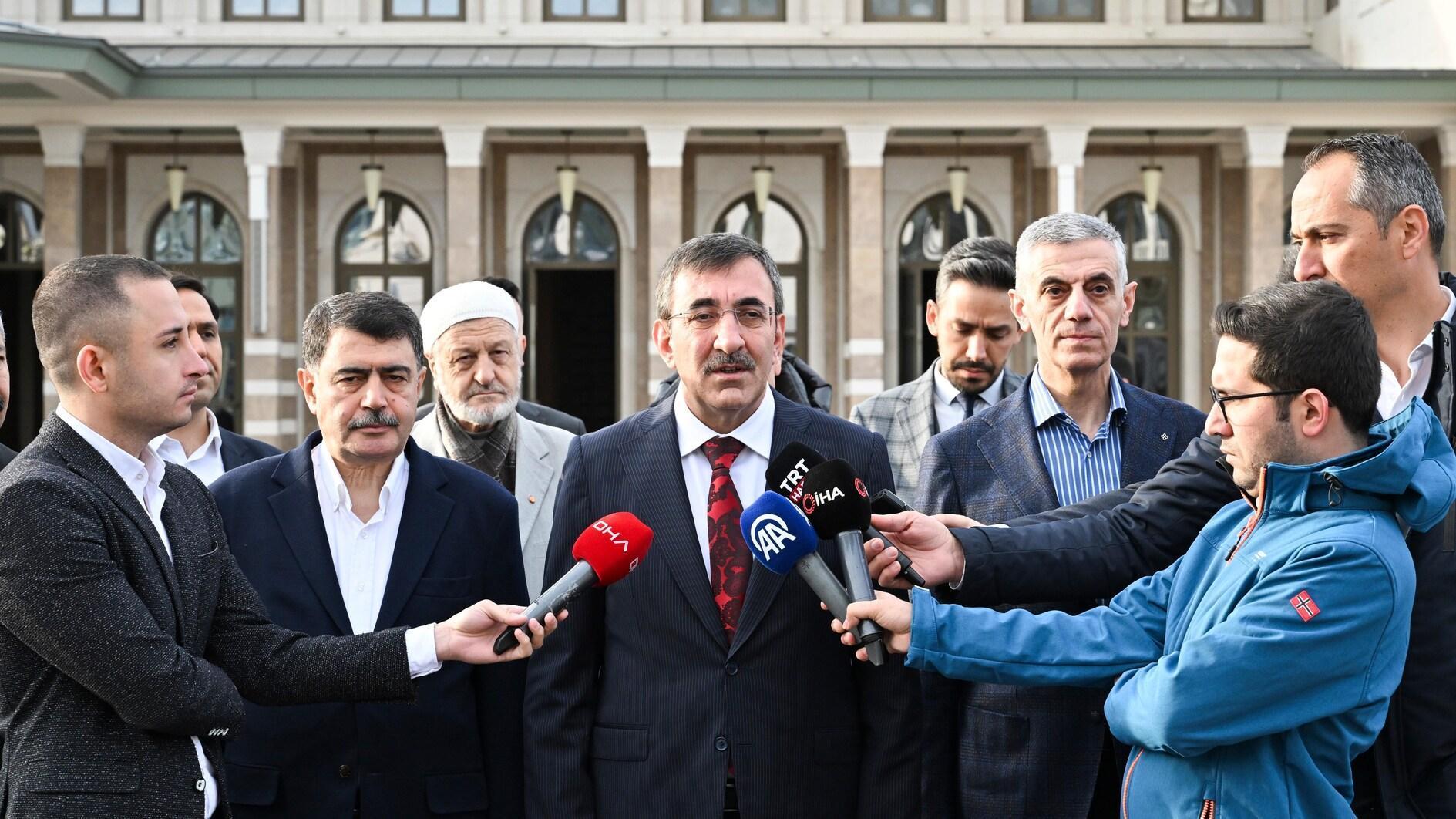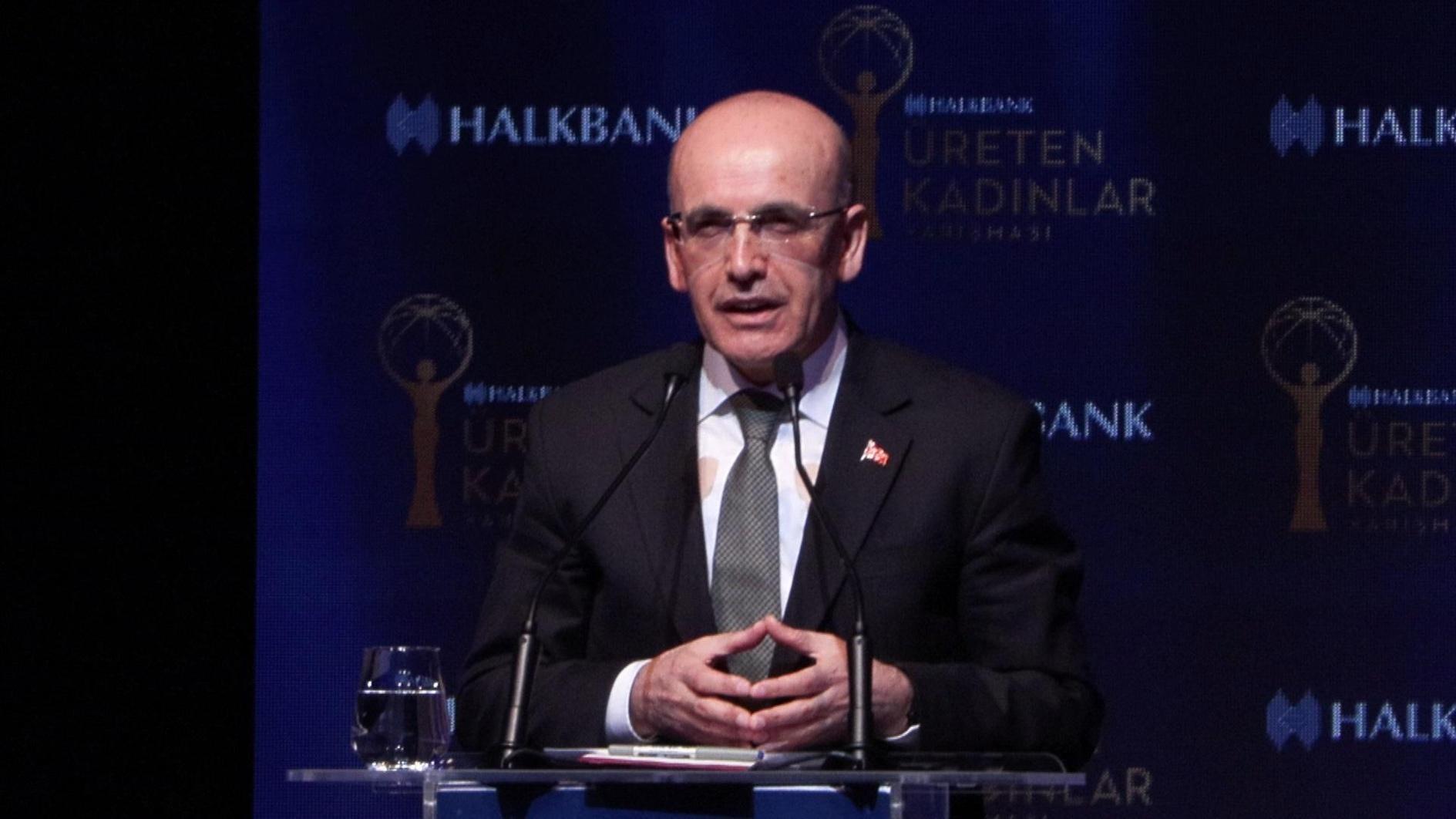Turnout is key to the US election
JASON EPSTEIN
With less than one week remaining in what has seemed an endless U.S. presidential campaign, there remains considerable uncertainty as to which of the two major party candidates will prevail on Nov. 6.The capable yet buttoned-down Mitt Romney emerged victorious from this year’s contentious Republican primaries, but at a high cost. The generally moderate governor of Massachusetts had already tacked to the right during his unsuccessful attempt to win his party’s nomination in 2008, but he continued to stake out more strident positions on illegal immigration and gay marriage in order to maintain the trust of the GOP base.
Although Romney subsequently shifted back toward the center, President Barack Obama’s re-election team ran up a slew of negative advertisements throughout the summer designed to further drive up the candidate’s negative points. Consequently, Romney’s personal popularity rate limped along at 40 percent in early August. In the wake of a lackluster performance at the Republican convention in Tampa, followed by a rousing speech from former President Bill Clinton at the Democrats’ confab, the challenger found himself trailing in head-to-head matchups throughout September.
Meanwhile, the nation’s anemic economic growth rates and future uncertainty has taken its toll on the more charismatic Obama. As U.S. News publisher Mortimer Zuckerman asked in late September, “How do you recover from a recovery?”
Much of the blame goes toward the White House’s inability to inject sufficient confidence in the economy, let alone promote a second-term vision. Combined with the administration’s evasive answers on the deadly terrorist attack on the U.S. consulate in Benghazi, the administration suffers from a competence problem, one that his businessman opponent has been happy to exploit.
The first debate between the two men in early October provided Romney with the opportunity to make the case that his experience as a chief executive in both the private and public sectors would enable him to better address the nation’s economic woes and other pressing issues. Judging by the abrupt shift in polls that gave a three to four-point boost to Romney’s numbers, he largely succeeded.
Obama returned fire in the latter two debates. In particular, he hammered away at the Republican’s foreign and defense policy to show that Romney was both too inexperienced and reckless to serve as the commander-in-chief, even as the challenger’s measured remarks stood in contrast to the president’s characterization. Ultimately, Obama was able to slow Romney’s momentum, but not reverse it.
As of this writing, Romney possesses a thin edge in national polls, while Obama holds a similarly small lead in key state surveys, such as Ohio and Wisconsin. Surprisingly, there has been little convergence between the two sets of numbers. (A 2000 scenario remains a possibility, albeit a most unlikely one, in which the president would secure the 270 votes needed to win re-election despite losing the popular vote.)
As of the morning of Oct. 30, baseball forecaster turned political statistician Nate Silver’s computer model was projecting a modest electoral victory for Obama and puts Romney’s chances of winning at a little over 1-in-4, while others have countered that a number of poll results are coming up with party identification breakdowns mirroring a strong Democrat turnout – to them, a dubious finding in the wake of evidence that Republicans are more committed to voting this time around.
As veteran political analyst Michael Barone pointed out, “Some have samples more Democratic in party identification than in the exit polls in 2008, when Democrats were enthused and Republicans downcast.”
Moreover, many polls show independents breaking to the challenger by double-digit percentages, an indicator that normally spells doom for a presidential candidacy.
Although most minds have been made up and some early voting has already taken place, there are a couple of final variables that might have a limited impact on the final tallies.
One is named Sandy, the extra-tropical storm that just struck the East Coast with a vengeance. While Sandy’s path of destruction was not expected to severely affect many swing state voters, Washington’s perceived effectiveness in working with local responders might help or hurt Obama’s national image among some of the remaining undecided voters.
Another, the Bureau of Labor Statistics’ scheduled release on Nov. 2 of the October jobs report, although the storm might delay the monthly report’s release of the employment data.
Nonetheless, the race for the White House that began with a straw poll in Iowa more than one year ago now comes down to turnout more than any other factor. If there is a close resemblance to 2008, then an Obama second term is a near-certainty. If not, then Romney will be sworn in as the 45th president of the United States.











